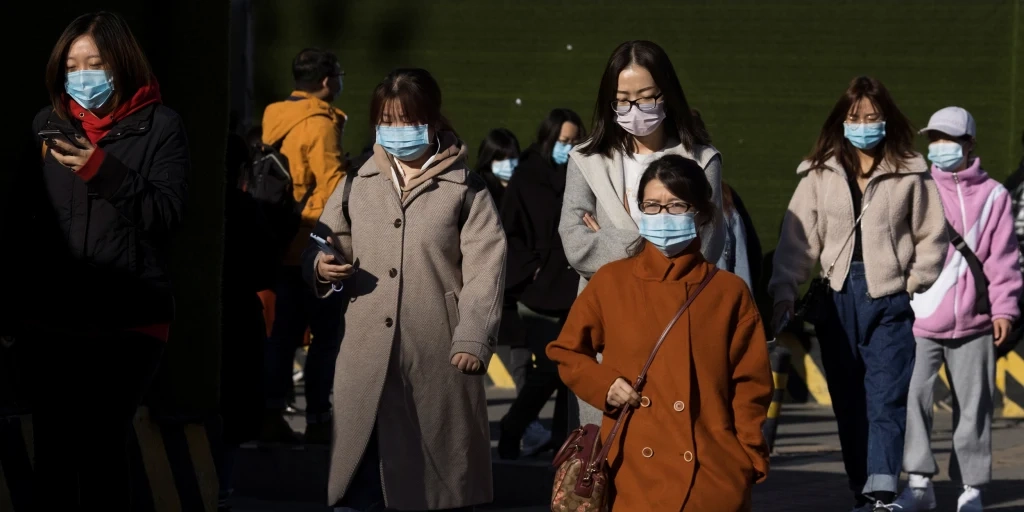China is facing a population problem. The country that holds accounts for more than one-sixth of the World’s population, is about to shrink. The problem of China population underlines a demographic crisis that can shatter the ambition of Beijing to overtake the U.S. as the world’s biggest economy.
The falling birthrates day by day and the rapidly ageing population are the cause denting China’s role in powering the global economy. As India is on its way to taking first place as the World’s most populous country this year.”
United Nations’ Forecast
On Tuesday, Gross Domestic Product released figures, the weakest in decades, showed that China’s population declined by roughly 850,000 to 1.41175 billion at the end of last year-2022. It is the biggest fall in 6 decades. The data also showed that as many couples opted not to have children during the pandemic. The decision that causing China’s hit the lowest birth rate while the death rate touch the highest rates.
As China’s population shrunk, It verify the panic of officials who have warned for years as Chinese couple delay marriage.
China’s population is declining 9 to 10 years earlier than officially predicted and this is a historic inflection point. China’s new births were below 10 million in 2022, that is below India’s. It indicates a significant change in the World’s geopolitical and economic structure. Because China’s demographic crisis is beyond imagination, China’s political economy, defense, and diplomacy will undergo a significant transformation.”
Yi Fuxian-Senior Scientist at the University of Wisconsin-Madison-An expert on Chinese demographics
Last year, China’s birth rate was 6.77 births per 1,000 people, down from 7.52 in 2021.
Meanwhile, China’s death rate was 7.37 deaths per 1,000 people which is the highest in decades. It’s up from 7.18 deaths in 2021.
Recently U.N. expects China’s labor force to be shrunk which will be hunting the economy and government debt. As they pay for the health and welfare costs of an ageing society. Moreover, they anticipate China’s population to reduce by 109 million in 2050.
The changes occur when Beijing introduced the “three-child policy” in 2021 to control the population decline. Till 2025, under a five-year economic plan, Beijing has offered gradually extend the retirement age to 65 from 60 for men and 60 from 55 for women. It also assured to provide a better environment for work for mothers and pregnant women.
The impact of the 3-child policy introduced by many cities will be very limited on population growth. This is because the policies weren’t designed to tackle the key issue of birth decline. It is the rapid shrinking of the number of first-born children.
In recent years, the first-born childbirth rate fell fast due to the delay of marriages and childbirth plans. This trend is going to continue and perhaps worsen after COVID-19 because the high youth unemployment rate and weaknesses in income expectations. It could delay marriage and childbirth plans further, dragging down the number of newborn babies.”
Yue Su-A Principal economist at the Economist Intelligence Unit
Rising living costs are also creating a disincentive for many couples priced out of the housing market, despite a recent cooling off in home . High property prices are finally pricing out babies.”
Andy Xie-An independent economist based in Shanghai




